Refactoring Legacy
Turning monsters into friends

Barry O'Sullivan
@barryosull
DDDEU 2021
About me

- Web Developer/Architect
- Contractor
- Specialise in Legacy Web Apps
- Massive Soulsborne fan
- Worked in legacy php/js codebases for 7+ years
@barryosull
Barry O'Sullivan
Session Structure
- Talk (30mins)
- Exercise 1 (25mins)
- Exercise 2 (25mins)
- Exercise 3 (25mins)
- Closing (5 mins)



What is Legacy
- Long lived code
- Outdated design/tech
- High turnover of dev team
- Little to no documentation
- Hard to understand
- Profitable


"Kill the Monster!"
How we discuss legacy

REWRITE IT!
BURN IT!
SWITCH TO TYPESCRIPT!
OLD DEVS WERE LAZY/RUBBISH!
WOOF!
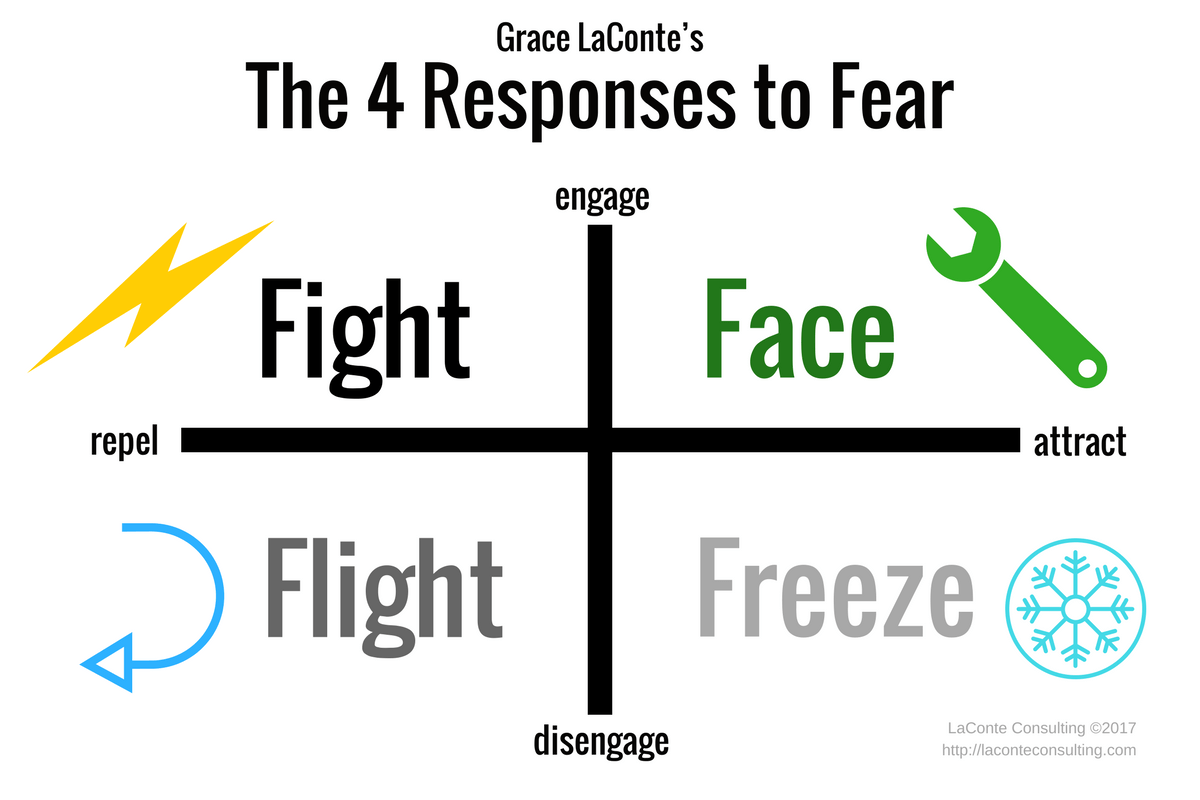
1
2
3
Why Legacy Scares Us

NO POWER FANTASY FOR YOU!
Software: Prepare to die edition

I'M THE BEST
Dev
Legacy

Facing Legacy
1. Ego
2. Ignorance
The two main blockers


Ego as a Mental Model
"All models are wrong but some are useful"
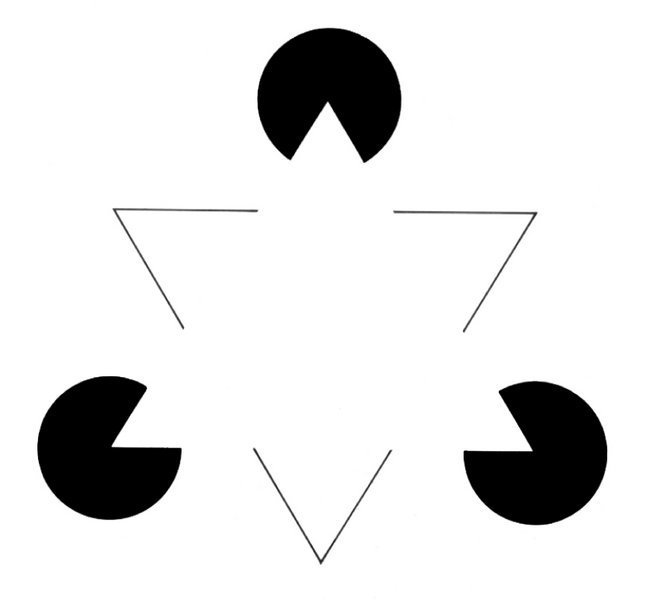
Accepting Ignorance
"True ignorance is not the absence of knowledge, but the refusal to acquire it"

Gaining Understanding

Exploring and gaining context


Explore
Iterate/Refactor
Build a model
Q
Letting Patterns Emerge
Iteration leads to discovery

The Legacy Mindset
Explore instead of conquer
Let designs/patterns emerge
Don't force it, be patient




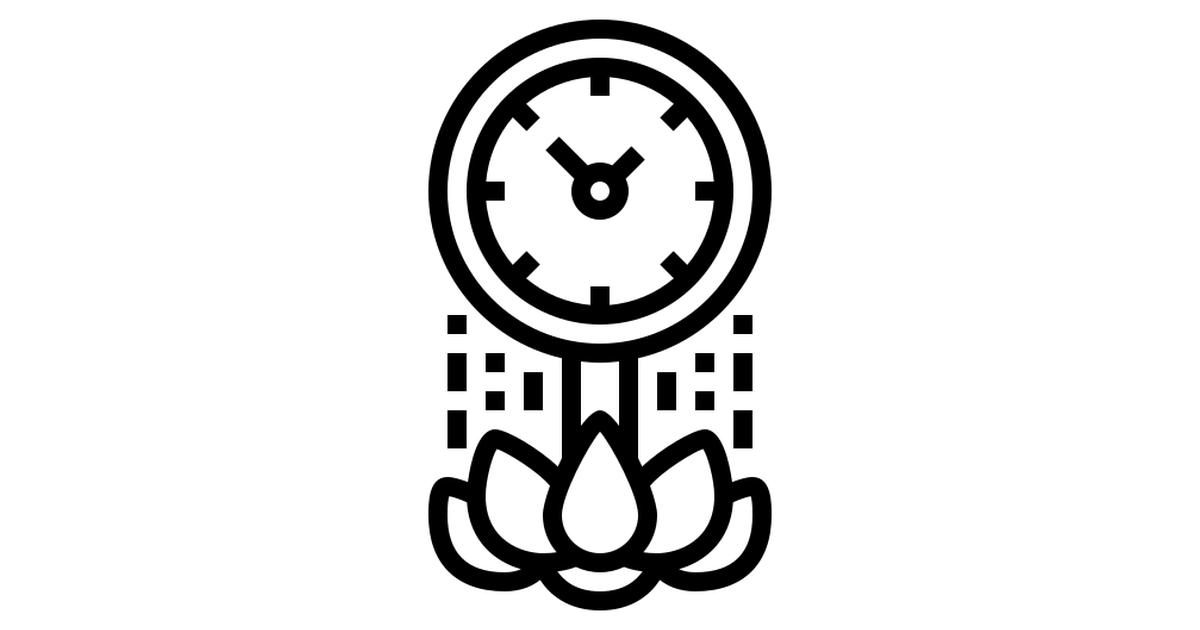

Iterative approach
Respect the legacy code
Build a mental map
The Benefits
What you gain
- Better code: Faster development
- Better devs: Learn to spot useful patterns
- Confidence: Lose the fear, keep the respect
- Compounding gains: Gets better over time

Refactoring safely
Working with care

Dealing with Estimates
"I'll have it done at half past never"
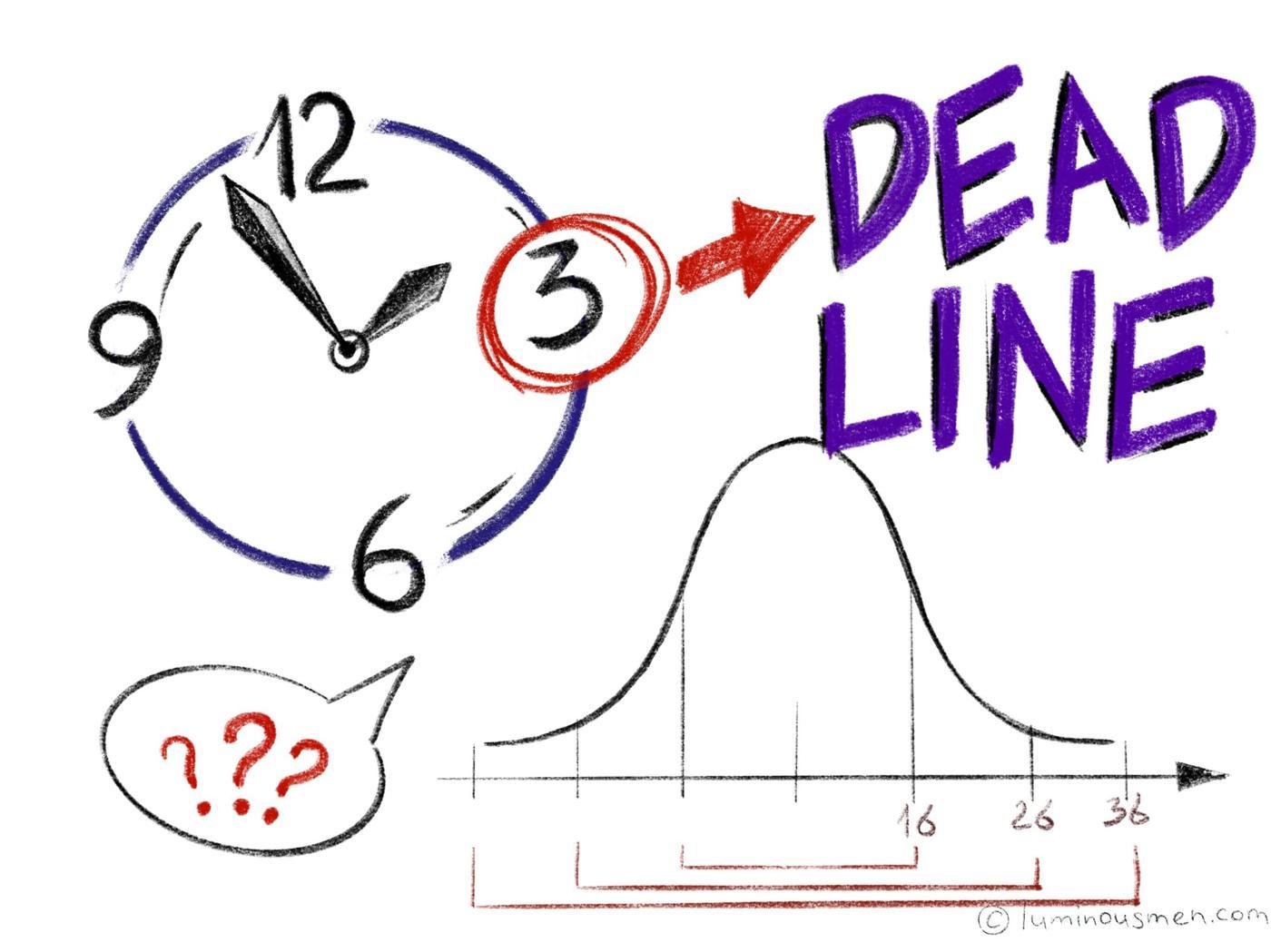
Q&A Intermission
The Hands-on Session

The Truth
Refactoring hands-on sessions are typically:
- Contrived (to say the least)
- Too short
- Too simple
- Poor at demonstrating value
The goal is to try out the techniques and ideas safely, not to get value straight away
"The truth may be out there,
but the lies are inside your head."
The Techniques
A good place to start
- Extract and name conditionals
- Isolate and extract implementation concepts
- Use git history for context
- Not definitive or proscriptive
- Allow you to try out these ideas safely
- You'll discover your own techniques
The Code
Java
Library: Hibernate
https://github.com/hibernate/hibernate-orm
Javascript
Library: Sequelize
https://github.com/sequelize/sequelize/
Technique A:
Extract and name conditionals
- Find a conditional statement
- Extract it into a variable
- Give the variable a name
- Iterate on the name to express intent, not implementation
- Move onto the next conditional
Steps:
Name the system rules
Technique A Example
if ( typeof selector !== "string" || !selector ||
nodeType !== 1 && nodeType !== 9 && nodeType !== 11 ) {
return results;
}
var isInvalidSelector = (typeof selector !== "string" || !selector);
var isValidType = (nodeType !== 1 && nodeType !== 9 && nodeType !== 11);
if (isInvalidSelector || isValidType) {
return results;
}
Before
After
Technique A Session
- 20 minutes session
- Pair up or work alone
- Work on a function
- Find a conditional statement
- Extract it into a variable
- Give the variable a name
- Iterate on the name to express intent, not implementation
- Move onto the next conditonal
Steps:
Session
main/lib/dialects/abstract/query-generator.js#L728
Discover and express system rules in your own language
Goal
Javascript:
hibernate-core/src/main/java/org/hibernate/boot/model/
source/internal/hbm/ModelBinder.java#L388
Java:
Technique B:
Separating noise from signal
Extract and name implementation details
- Find use of infrastructure
- Move like with like (if needed)
- Extract into private method
(use auto-refactoring tools) - Iterate on the name to express intent, not implementation
- Move onto the next piece
Steps:
Technique B Example
let connection = mysql.createConnection(config);
let title = 'Refactor this mess';
let completed = 'false';
let sql = `INSERT INTO todos (title, completed) VALUES('${title}', ${completed})`;
connection.query(sql);
function saveNewTodo(title, completed)
{
let connection = mysql.createConnection(config);
let sql = `INSERT INTO todos (title, completed) VALUES('${title}', ${completed})`;
connection.query(sql);
}
let title = 'Refactor this mess';
let completed = 'false';
saveNewTodo(title, completed);
Before
After
Technique B Session
- 20 minutes session
- Pair up or work alone
- Work on a function
- Find use of infrastructure
- Move like with like (if needed)
- Extract into private method
(use auto-refactoring tools) - Iterate on the name to express intent, not implementation
- Move onto the next piece
Steps:
Session
Explore & describe the behaviour of the system, not the implementation
Goal
main/lib/dialects/abstract/query-generator.js#L728
Javascript:
hibernate-core/src/main/java/org/hibernate/boot/model/
source/internal/hbm/ModelBinder.java#L388
Java:
Technique C:
Use git history to gain context
- Find a confusing piece of code
- Open up the file on github using git blame
- Look for who last changed the code
- See what other changes they made
- Move onto the next piece you find confising
Steps:
Understand the context of the developers
Technique C Example
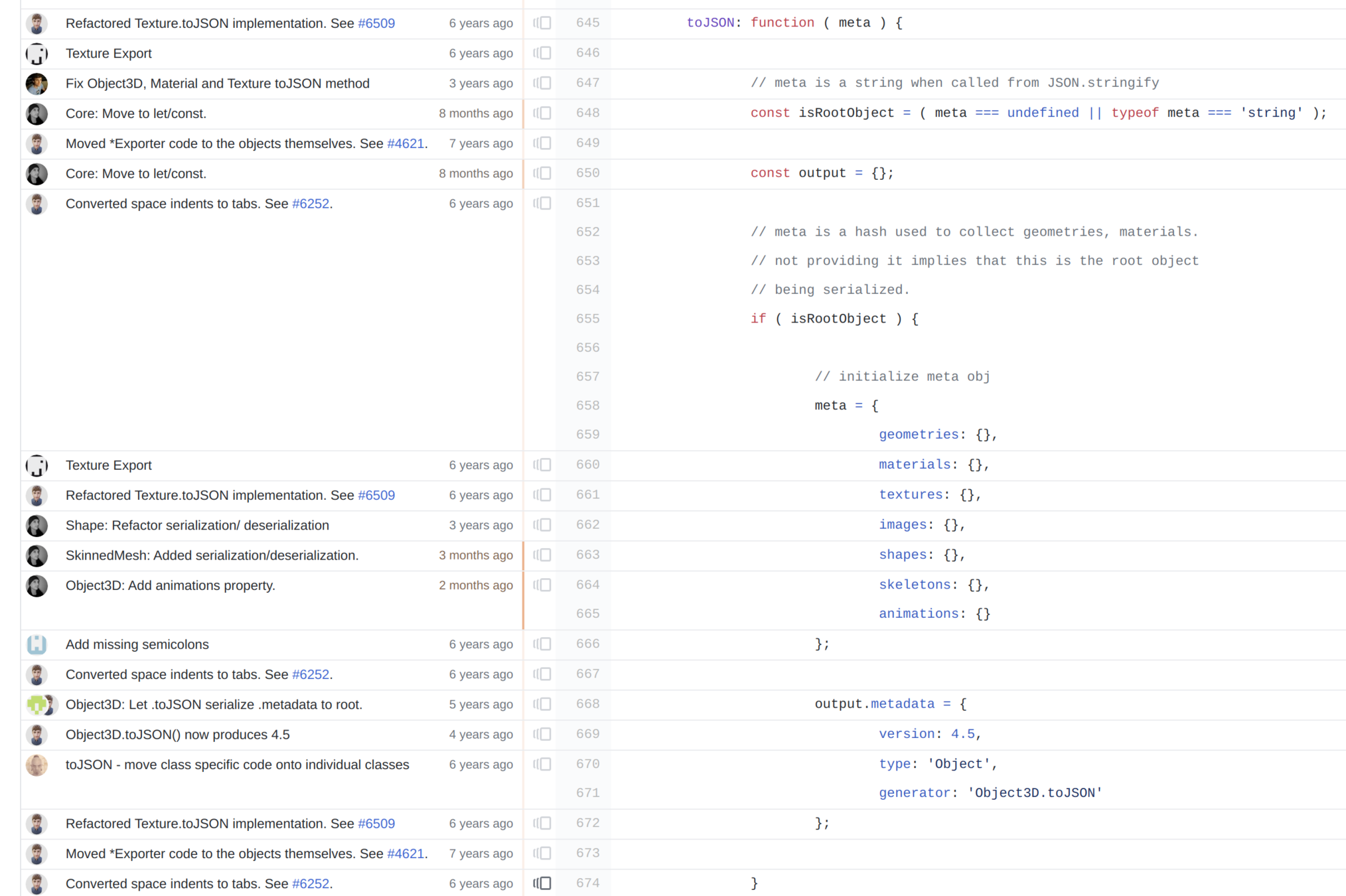
Technique C Session
- 20 minutes session
- Pair up or work alone
- Work on a function
- Find a confusing piece of code
- Open git blame view of the file
- Look at history of changes
- Who made the changes?
When? Why? - Take notes
- Repeat
Steps:
Session
Explore the lifecycle of the code and understand its history
Goal
main/lib/dialects/abstract/query-generator.js#L728
Javascript:
hibernate-core/src/main/java/org/hibernate/boot/model/
source/internal/hbm/ModelBinder.java#L388
Java:
Synopsis
Working with legacy is about:
- Patience
- Humility
- Iteration
- Exploration
Legacy will teach you more about writing software then any green field project.


Improving something existing is harder and more rewarding than making something new. Embrace the challenge.
